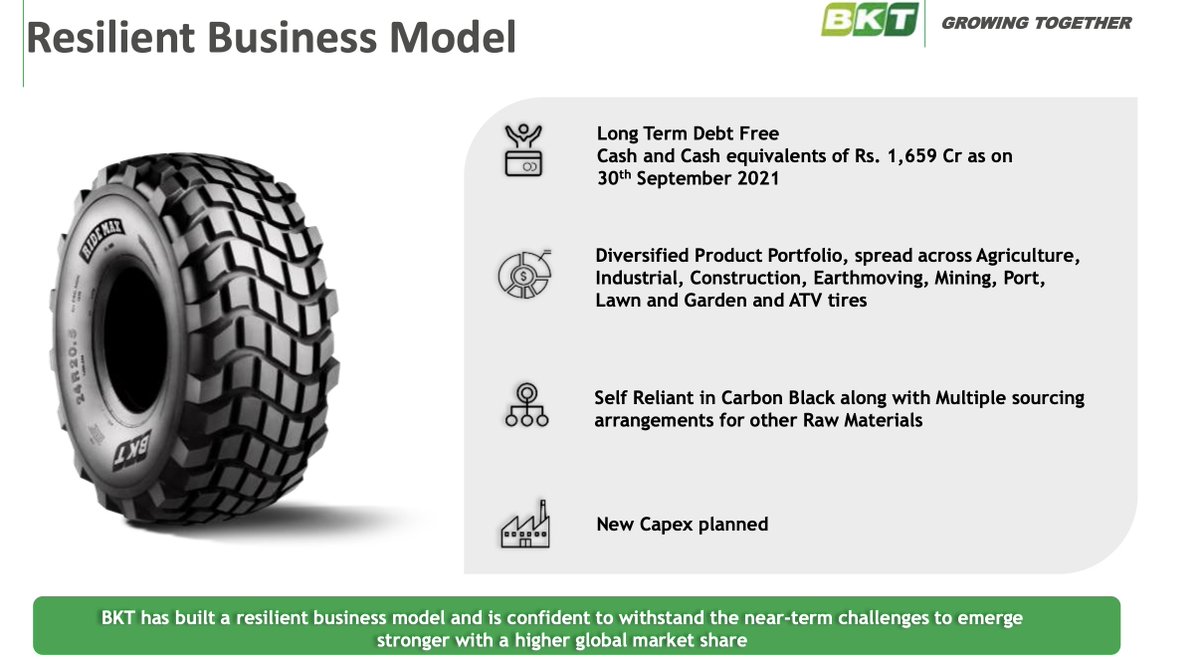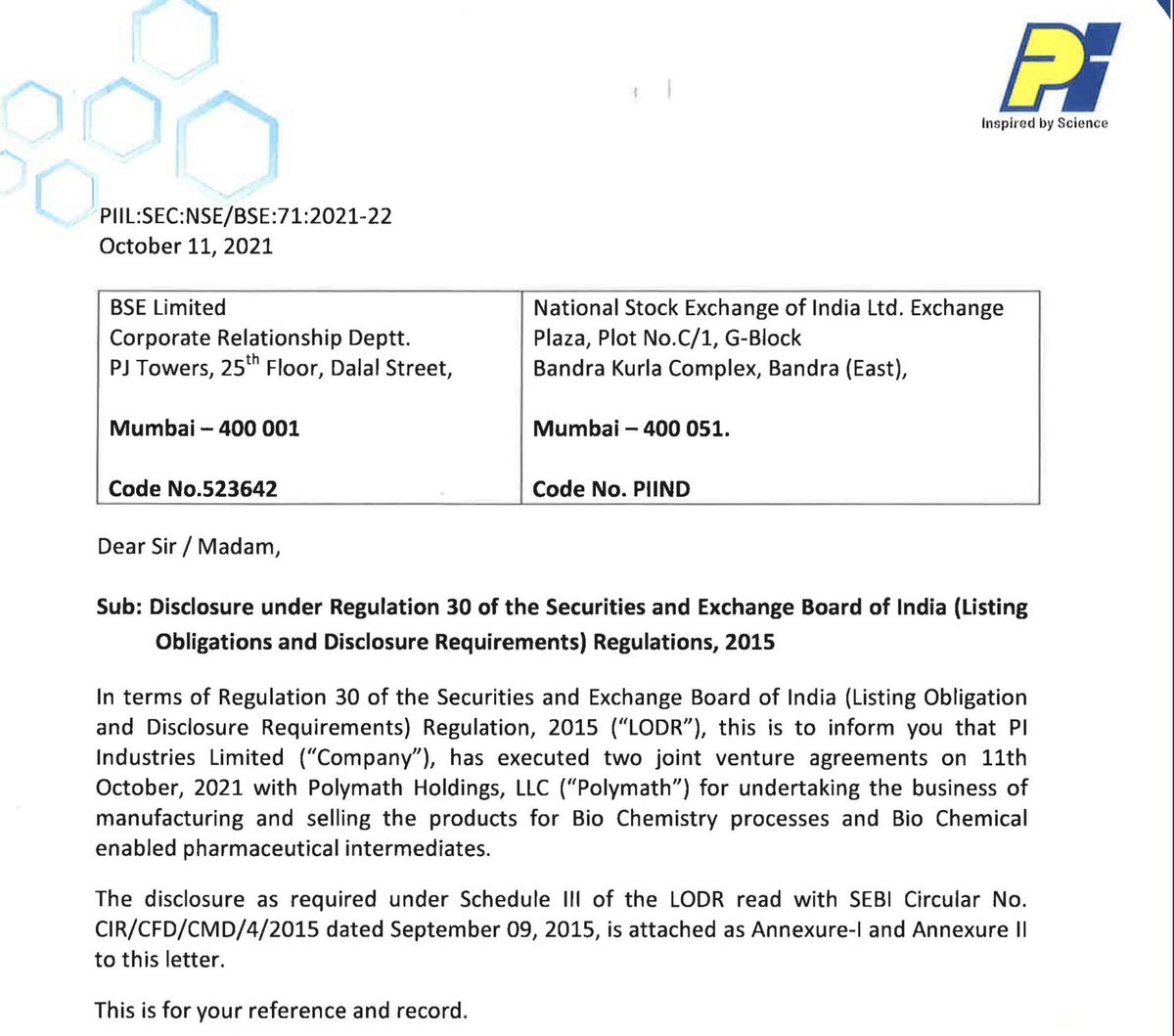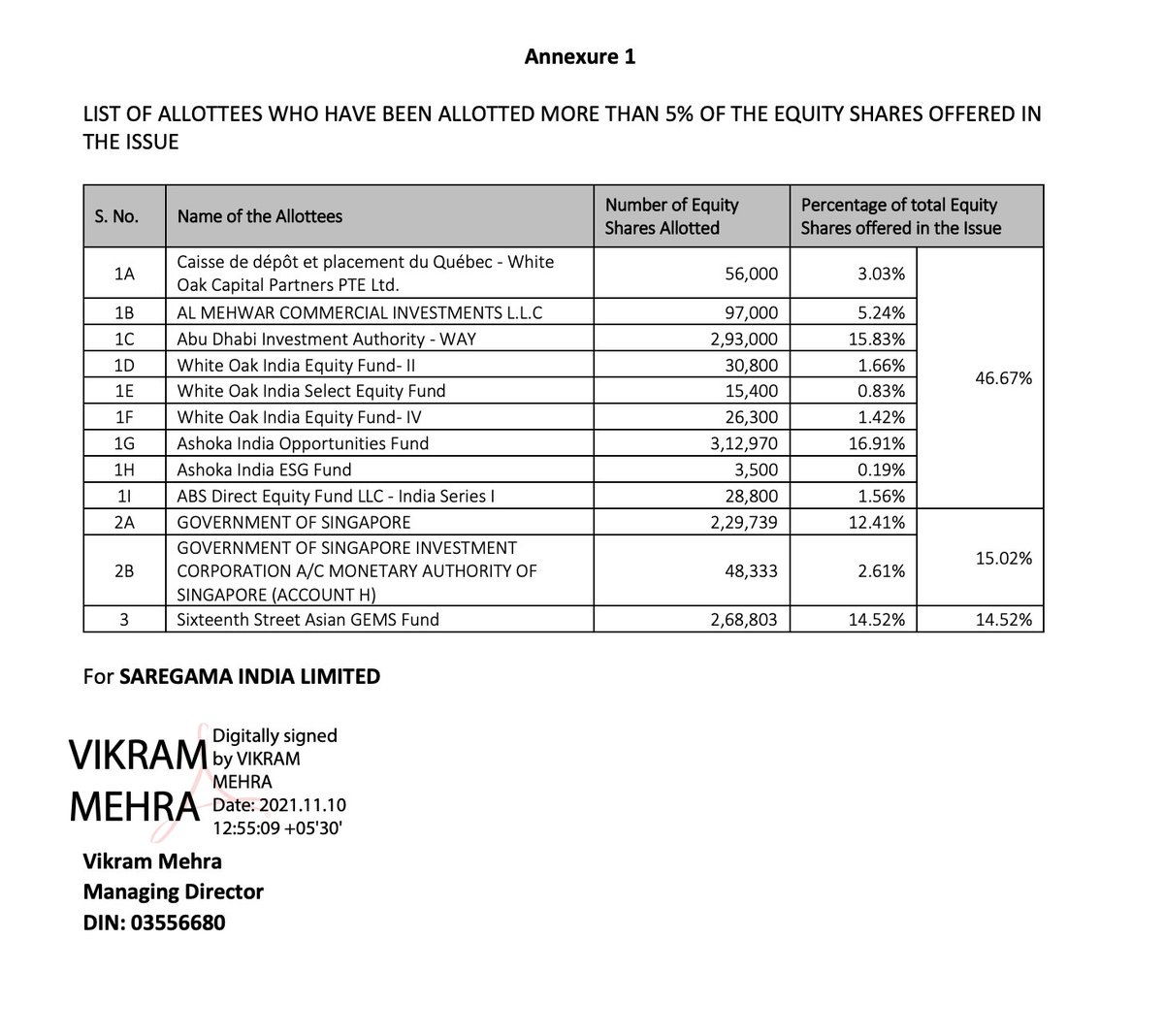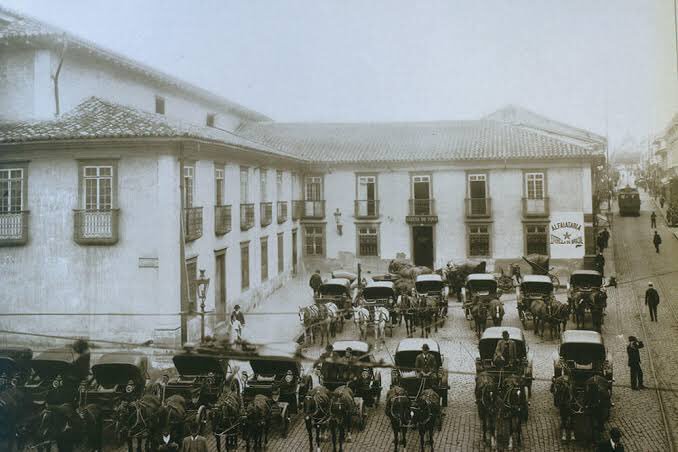There are regional banks, Small Finance Bank, Public Sector Banks, Regional NBFCs, Deposit taking NBFCs, Housing Finance companies, Microfinance companies, CV Financiers etc.
Creating segments and classifications about what really works in a sector can help you massively.
EG:- IT is just not about IT, there are Product companies, SAAS Businesses, services companies, ER&D companies and Corporate Learning Companies.
There are regional banks, Small Finance Bank, Public Sector Banks, Regional NBFCs, Deposit taking NBFCs, Housing Finance companies, Microfinance companies, CV Financiers etc.
There are Bulk Chemicals like Phenol, Speciality Chemical and different chemistry chains expert like Fluorine, Bromine, Phosgene etc. Then there are niche product manufacturers like SDA or ATBS.
There are various segments within retail too! Someone might be doing value retail, someone might be doing luxury retail, Some companies might go for a COCO model (Company owned+Company Operated). Some might go for FOFO model (Franchise owned)
More from Intrinsic Compounding
More from Valuation
You May Also Like
To people who are under the impression that you can get rich quickly by working on an app, here are the stats for https://t.co/az8F12pf02
📈 ~12000 vistis
☑️ 109 transactions
💰 353€ profit (285 after tax)
I have spent 1.5 months on this app. You can make more $ in 2 days.
🤷♂️

I'm still happy that I launched a paid app bcs it involved extra work:
- backend for processing payments (+ permissions, webhooks, etc)
- integration with payment processor
- UI for license activation in Electron
- machine activation limit
- autoupdates
- mailgun emails
etc.
These things seemed super scary at first. I always thought it was way too much work and something would break. But I'm glad I persisted. So far the only problem I have is that mailgun is not delivering the license keys to certain domains like https://t.co/6Bqn0FUYXo etc. 👌
omg I just realized that me . com is an Apple domain, of course something wouldn't work with these dicks
📈 ~12000 vistis
☑️ 109 transactions
💰 353€ profit (285 after tax)
I have spent 1.5 months on this app. You can make more $ in 2 days.
🤷♂️

I'm still happy that I launched a paid app bcs it involved extra work:
- backend for processing payments (+ permissions, webhooks, etc)
- integration with payment processor
- UI for license activation in Electron
- machine activation limit
- autoupdates
- mailgun emails
etc.
These things seemed super scary at first. I always thought it was way too much work and something would break. But I'm glad I persisted. So far the only problem I have is that mailgun is not delivering the license keys to certain domains like https://t.co/6Bqn0FUYXo etc. 👌
omg I just realized that me . com is an Apple domain, of course something wouldn't work with these dicks






















